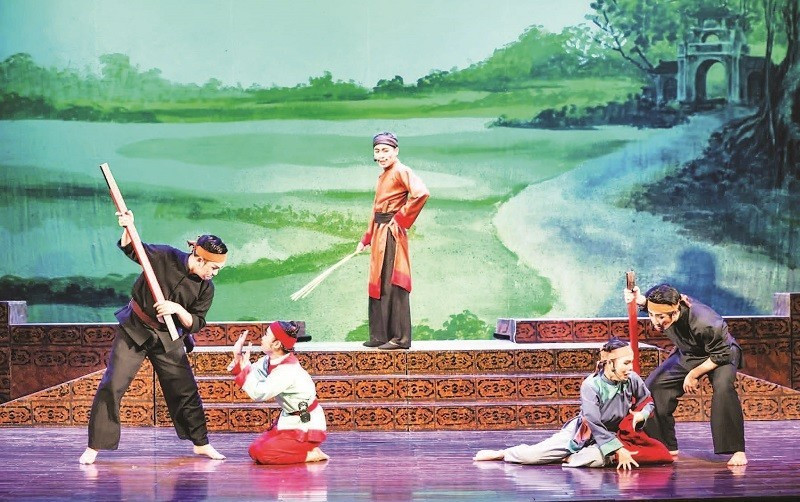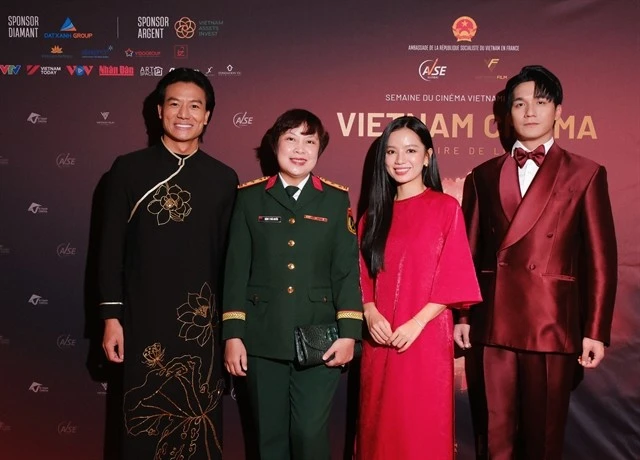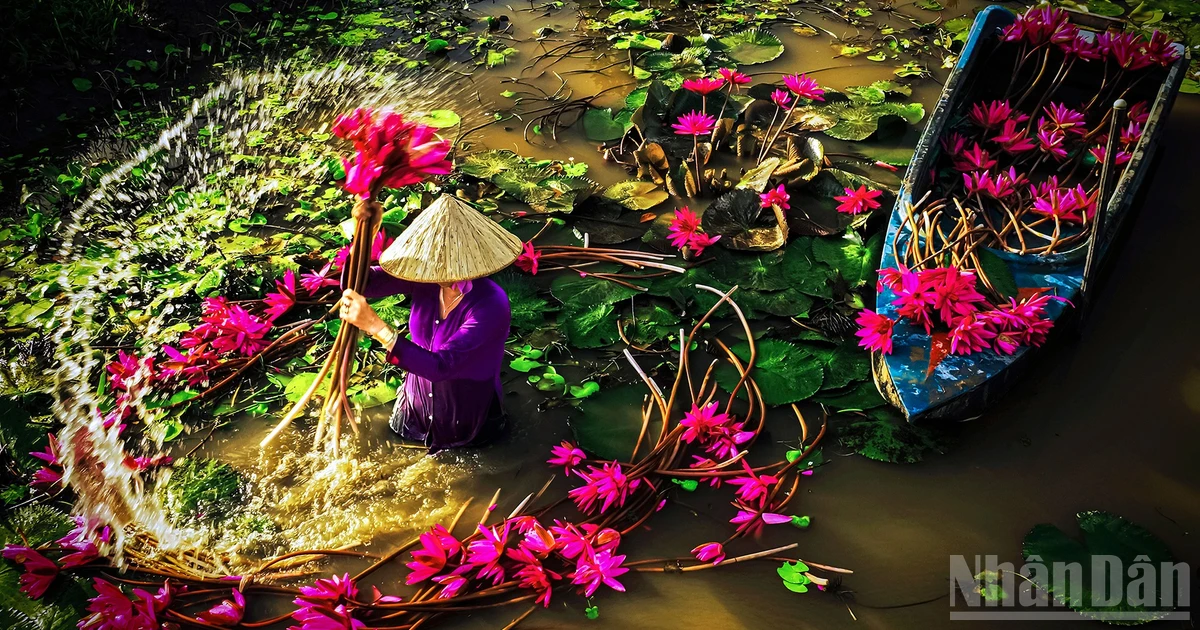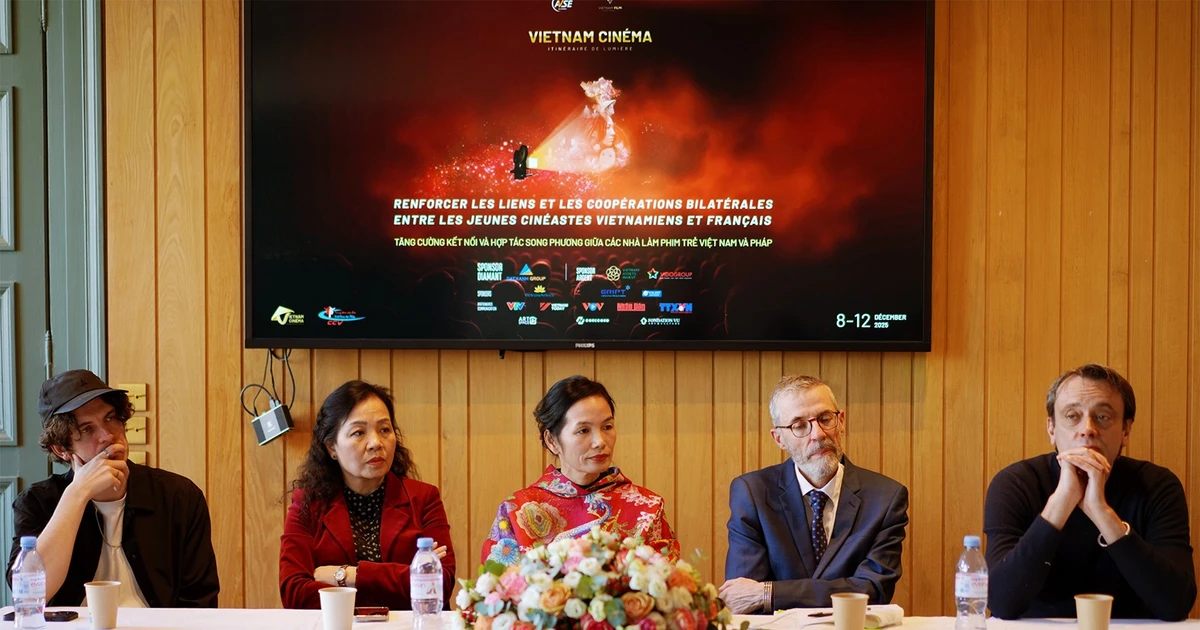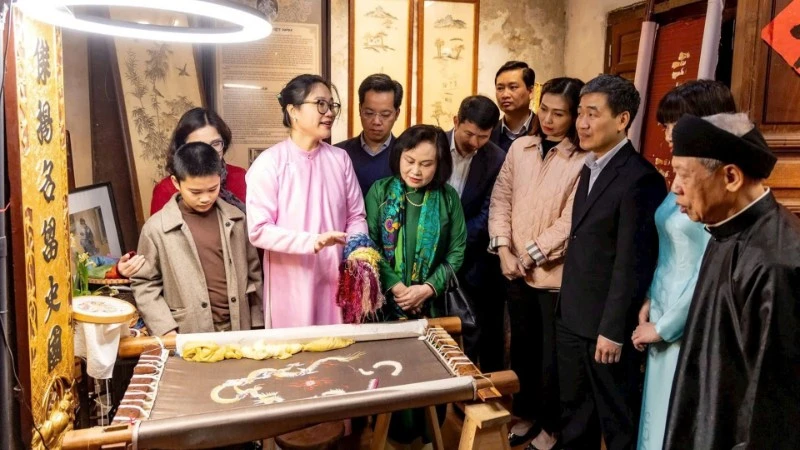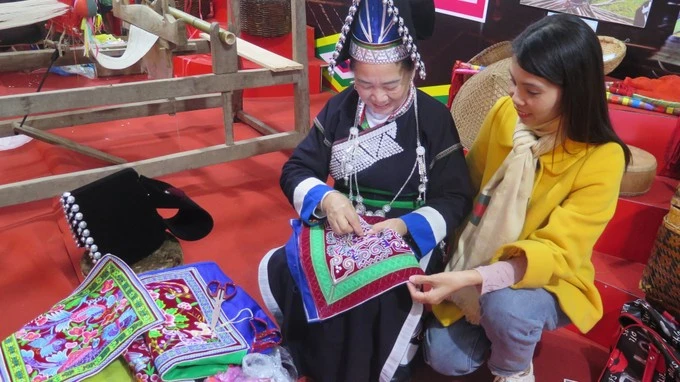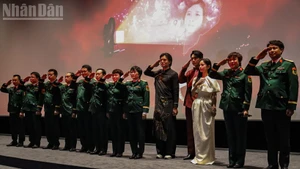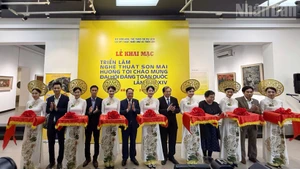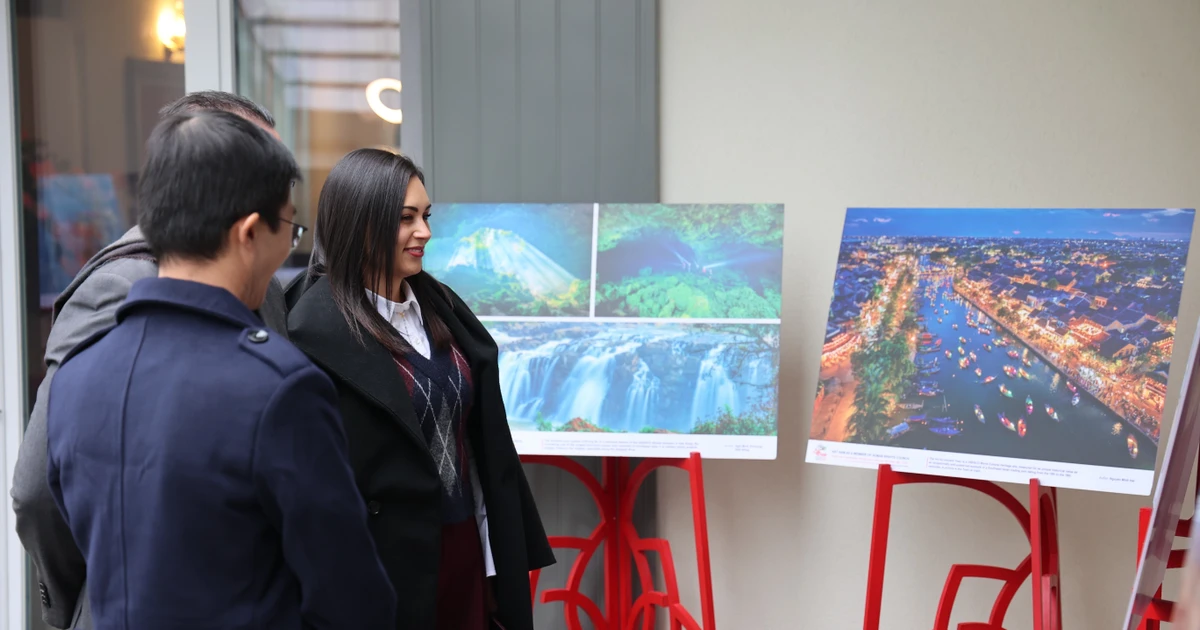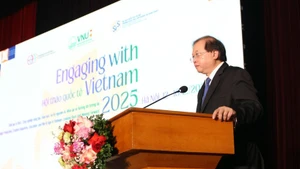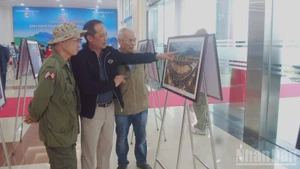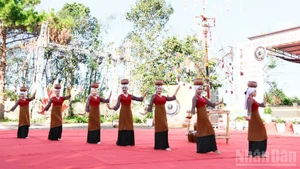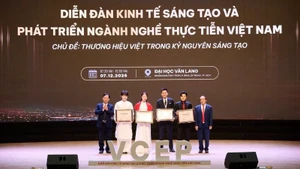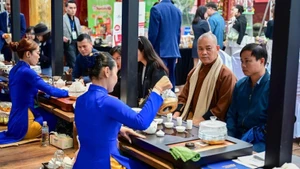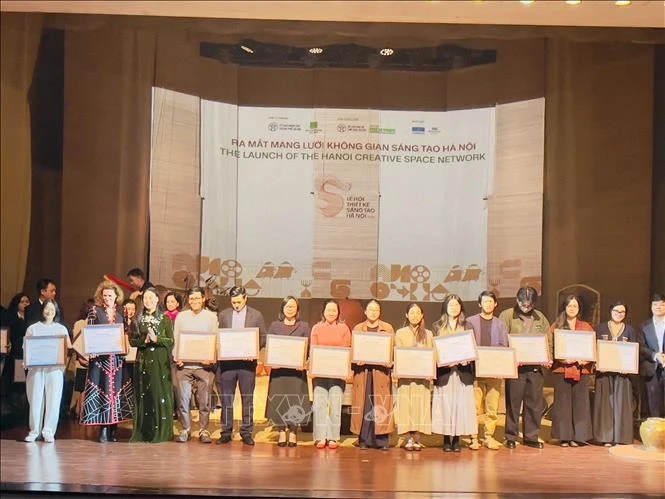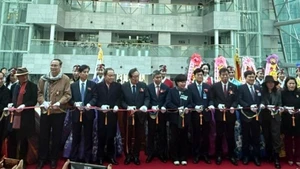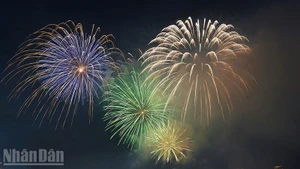Ha Noi’s performing arts at the heart of cultural growth
Ha Noi serves as the largest cultural hub in the country. Beyond centrally-run art troupes and institutions, the Ha Noi Department of Culture and Sports alone manages six theatres, including Thang Long Song and Dance Theatre, Thang Long Water Puppet Theatre, Ha Noi Drama Theatre, Ha Noi ‘Cheo’ (Traditional Opera) Theatre, Ha Noi ‘Cai Luong’ (Reformed Opera) Theatre, and Ha Noi Circus and Variety Arts Theatre.
The city also boasts a rich repository of folk arts, with hundreds of active clubs dedicated to forms such as ‘xam’ (blind wanderers' music) singing, ‘ca tru’ (ceremonial singing), water puppetry, shadow puppetry, ‘cheo’, drum singing, drum dance, and Ai Lao folk singing and dancing.
Many of these traditional performing arts represent priceless intangible cultural heritage and carry the spirit and essence of Thang Long-Ha Noi culture, making them a valuable resource for the cultural industry.
In recent years, city-affiliated artistic units and folk-art clubs have made significant contributions to developing the cultural industry. Notably, the Thang Long Water Puppet Theatre holds the record of operating 365 days a year.
Besides classic plays, theatres have innovated by creating specialised programmes and performances for tourists.
Ha Noi's traditional performing arts represent priceless intangible cultural heritage and carry the spirit and essence of Thang Long-Ha Noi culture, making them a valuable resource for the cultural industry.
Accordingly, the Ha Noi Cheo Theatre has introduced new shows and numerous folk performance pieces that highlight the wet rice civilisation of the Northern Delta, as well as stories about historic Thang Long. The Ha Noi Cai Luong Theatre runs the “Cai Luong – The Quintessence of Vietnamese Art” programme, featuring elaborately staged shows to recreate iconic scenes, melodies, and rhythms.
Additionally, folk art clubs engage in diverse activities, such as the Dong Kinh Ancient Music group, which gathers renowned singers and instrumentalists to perform traditional music in the Old Quarter; Xam singing, Ca tru sessions, and performances by the Dao Thuc Water Puppet Ward have also established strong reputations.
Ha Noi has begun hosting programmes drawing international attention, such as Moon Soon (Monsoon) Music Festival, and most recently, the first-ever Cultures of the World Festival from October 10 to 12 at the Thang Long Imperial Citadel.
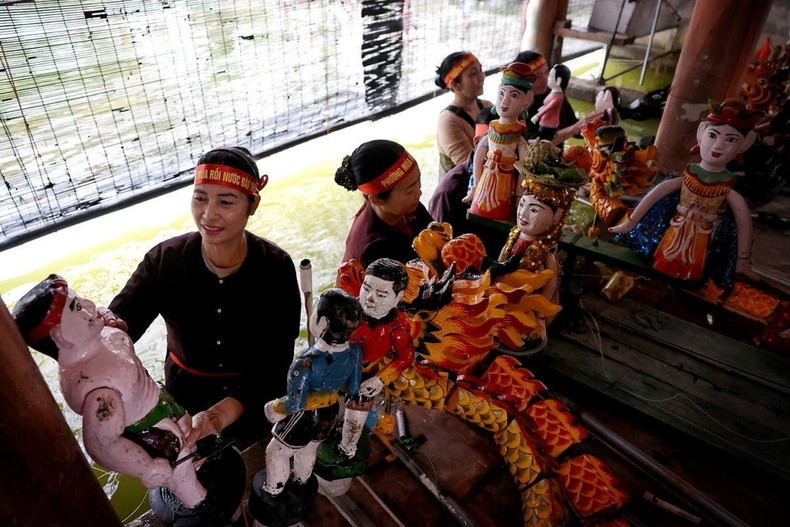
Elevating Ha Noi’s cultural industry through theatre and tourism
Experts say that performing arts in the cultural industry play a dual role: preserving and promoting cultural identity, while acting as the core force to create high-value cultural products that meet the demands of economic development and international integration.
Breakthrough solutions are needed to turn the performing arts sector to lead Ha Noi’s cultural industry development.
Huynh Tan Minh, Director of Thang Long Song and Dance Theatre, pointed out that most theatres in Ha Noi are relatively small, with seating capacities ranging from about 100 to 600. The city needs a large-scale theatre and performing arts must integrate with technology.
Creative ideas will face obstacles without modern sound, lighting, and stage equipment to deliver distinctive visual and audio experiences. Extended reality and virtualisation technologies should be used to create unique interactive performance experiences for audiences.
Performing arts in the cultural industry play a dual role: preserving and promoting cultural identity, while acting as the core force to create high-value cultural products that meet the demands of economic development and international integration.
Viewers can participate in the story, interact with artists and the performance environment. It is also necessary to encourage collaboration among artists, producers, and designers across various fields such as music, fashion, painting, contemporary art, dance, stagecraft, and lighting design to create unique and innovative performances.
Dr Nguyen Thu Thuy from Viet Nam National University - Ha Noi, evaluates that Ha Noi’s performing arts lack connectivity, especially between performance units and tourism.
She stressed the need to connect culture and tourism to develop products that improve accessibility for visitors.
Ha Noi’s development of night tourism also expands the space for performing arts to shine. Moreover, connecting culture with education is vital to nurture the love for traditional art among young generations.
